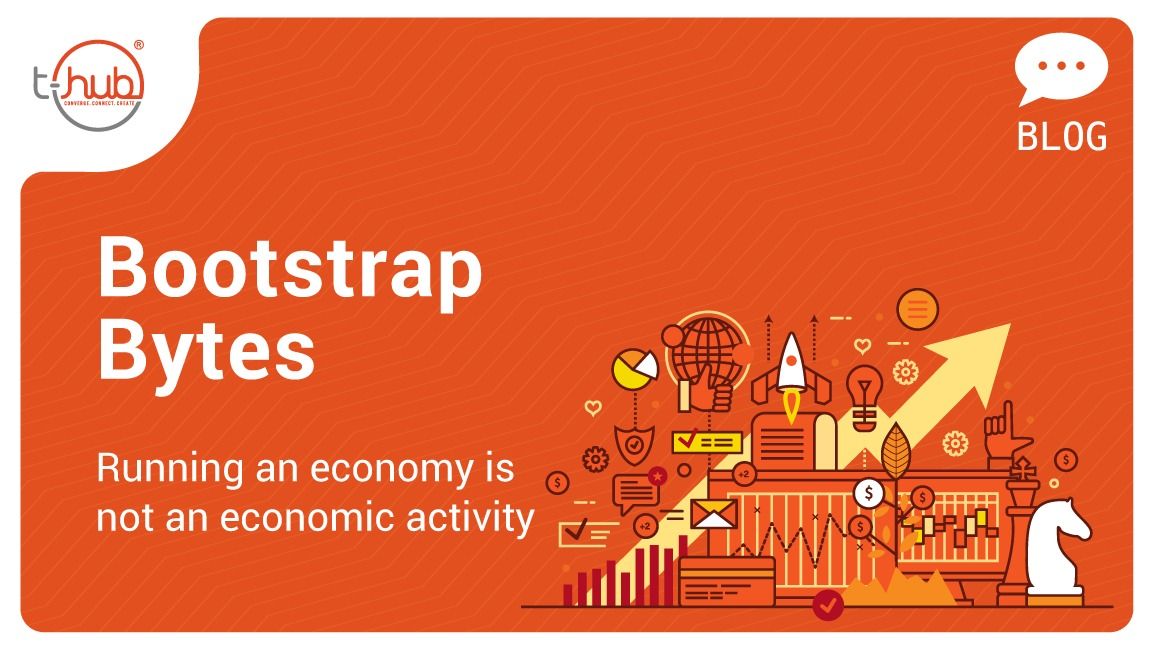Long before money gained prominence like it has now, as the undisputed comparative metric between people, organizations and nations, we knew how to do two things very well. Hunting and farming. Interestingly, we can map several modern business endeavors to either of these two activities. Some of them are highly sophisticated amalgams of the two. While we will look at the latter more closely in posts to follow, today, we look at farming and all of its variants, including domesticated gardening, as examples of good old bootstrapping.
For the farmer, resources are always limited. Land is. Rich framers may have more funds to buy more land, but even if a farmer buys all the land in the world, land is limited. Finite. Most farmers depend on the weather to nourish their crop. If the weather does not show up at the right time, the farmer can’t do anything. This is a huge environmental variable that every farmer respects and works around. Again, some rich modern farmers may have artificially induced weather systems to take care of their crop with a great deal of predictability, but can the process be called ‘farming’ anymore? The farmer, through the crop cycle, pays great attention to the crop. Watching and making note of small changes everyday and taking corrective action against pests and insects. Does that sound familiar? This, in essence, is the way of the bootstrapping entrepreneur.
An important parallel, while we are still on the farming analogy — every time you are tempted to pump a lot of money into your business or life and steroid-grow it to success quickly, think of the farmer. Think of what would happen if, in order to ensure faster and better crop, the farmer floods the fields with water and pesticide. The inputs into an idea, however simple or complex it is, work best only at the appropriate quantum. Anything less will make no difference. Anything more, could destroy the very idea. It is not surprising that purist investors, in it for the long, wince at growth by stimulus or acquisition. The roots of those strategies are often founded in fear or opportunism. For them, real, sustainable growth is always organic.
“Bootstrappers are like indian farmers, they toil hard to sow the seed, they nurture the sap through good and bad weather. They feel happy when the crop ( idea) grows into desired yield. One fine day they harvest it and sell it to someone to pay the bills and acquire tools and manure for next crop. They know they can grow fast with fertilizers ( funding) but they stick to organic manure as they know what you sow is what you reap! Bootstrapping is an ancient way of developing sustainable business environments that are based on context driven products and not global vision. Thinking small and thinking local is a simple idea, simple but powerful!” — Sashi Kiran
Authored by Thub Guest Bloggers
Satya Prakash — Founder QDE and David Jairaj — Head of Marketing and Communication — QDE




